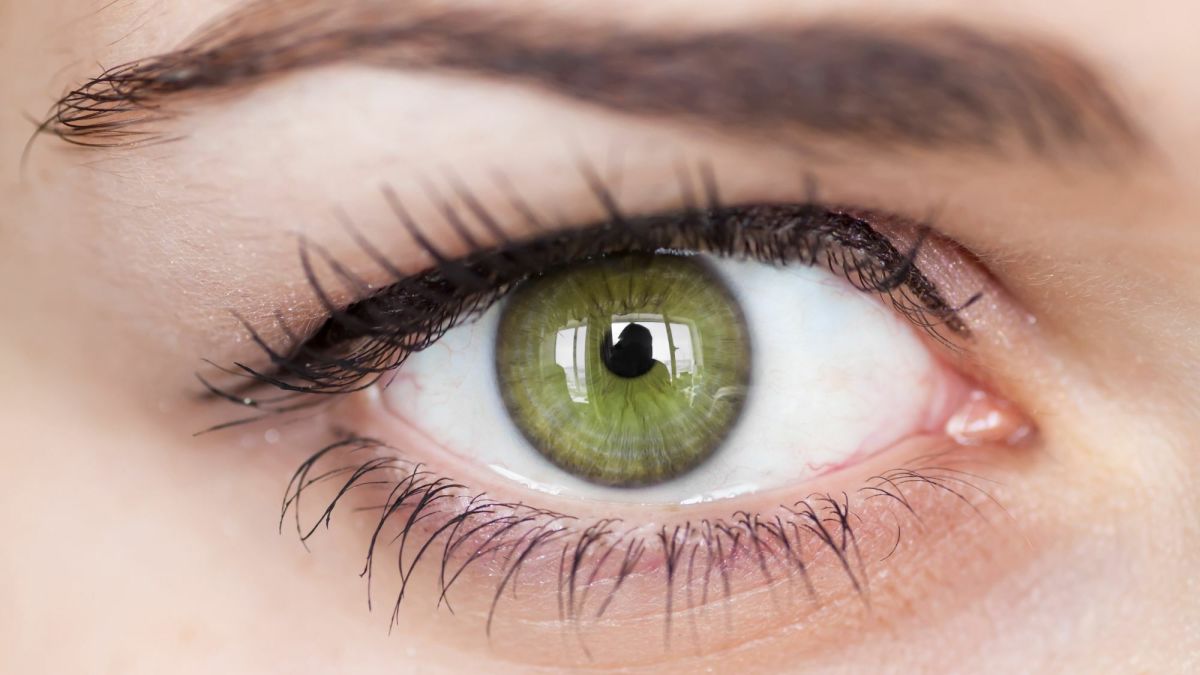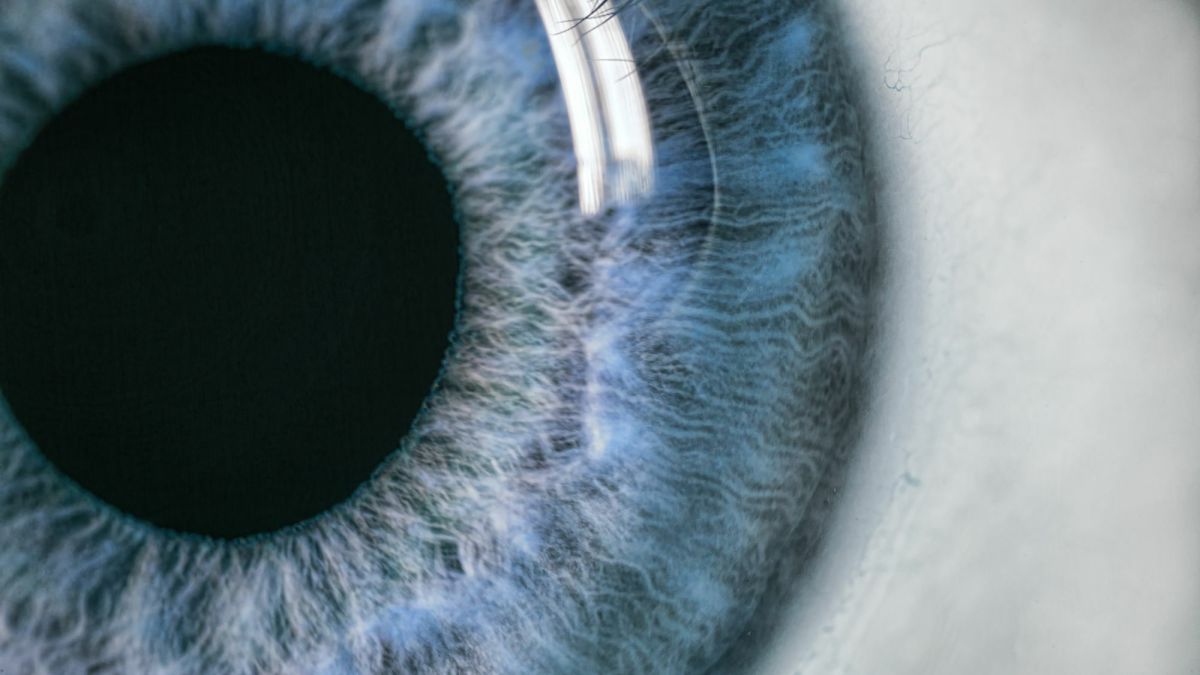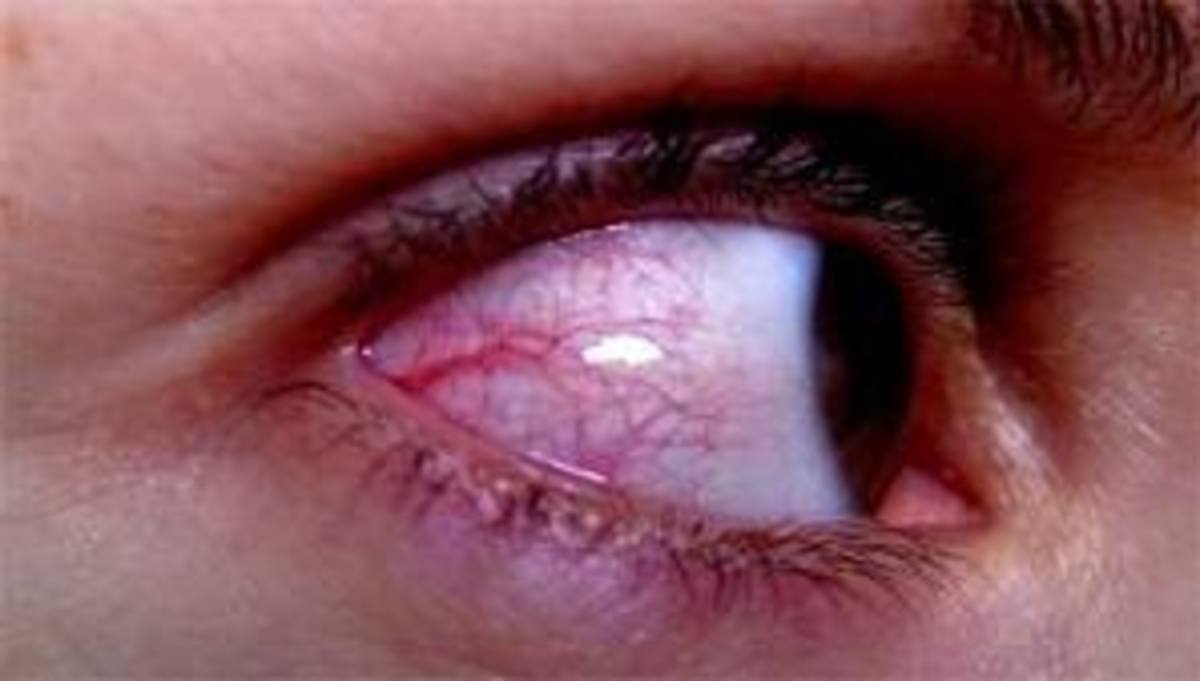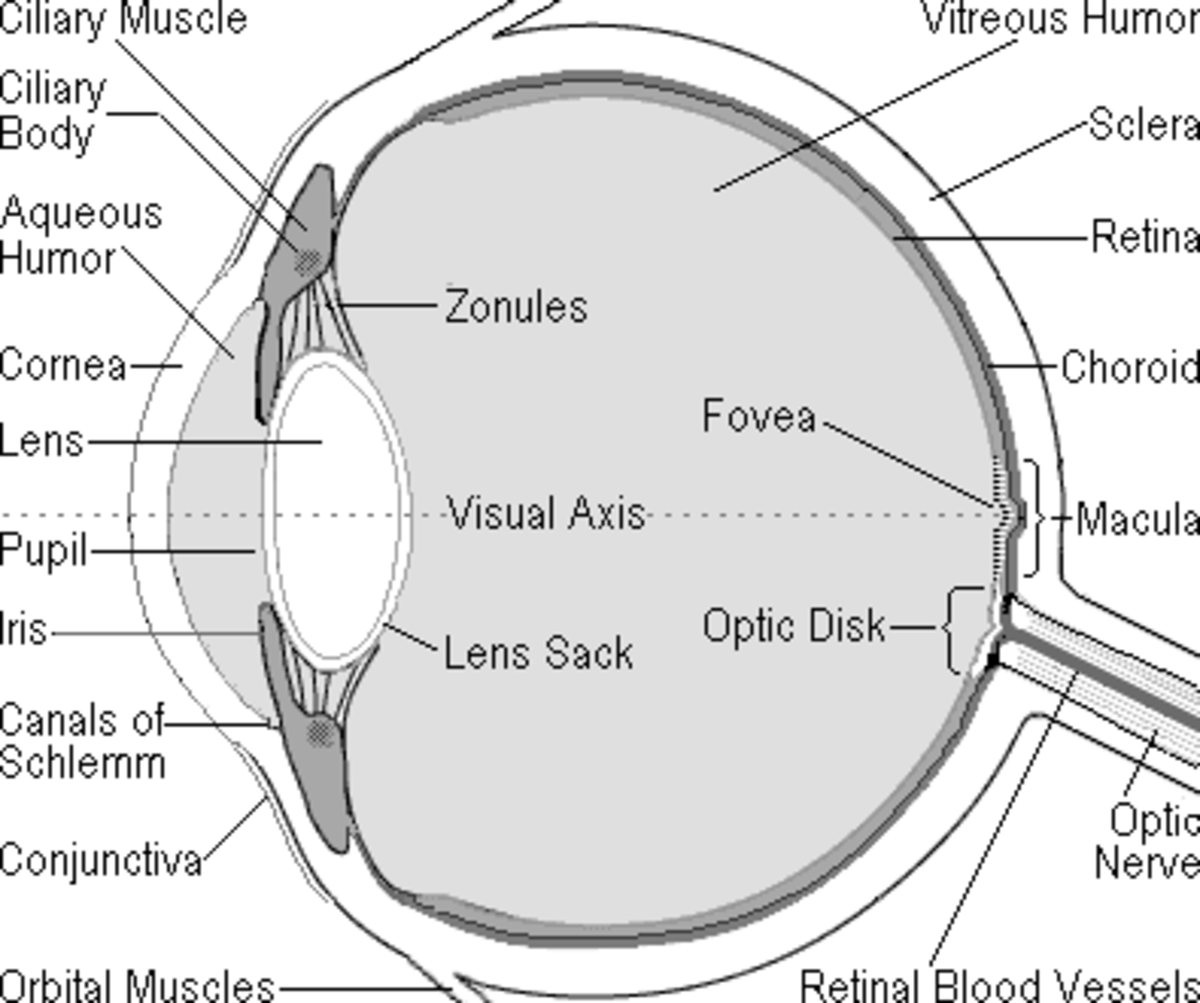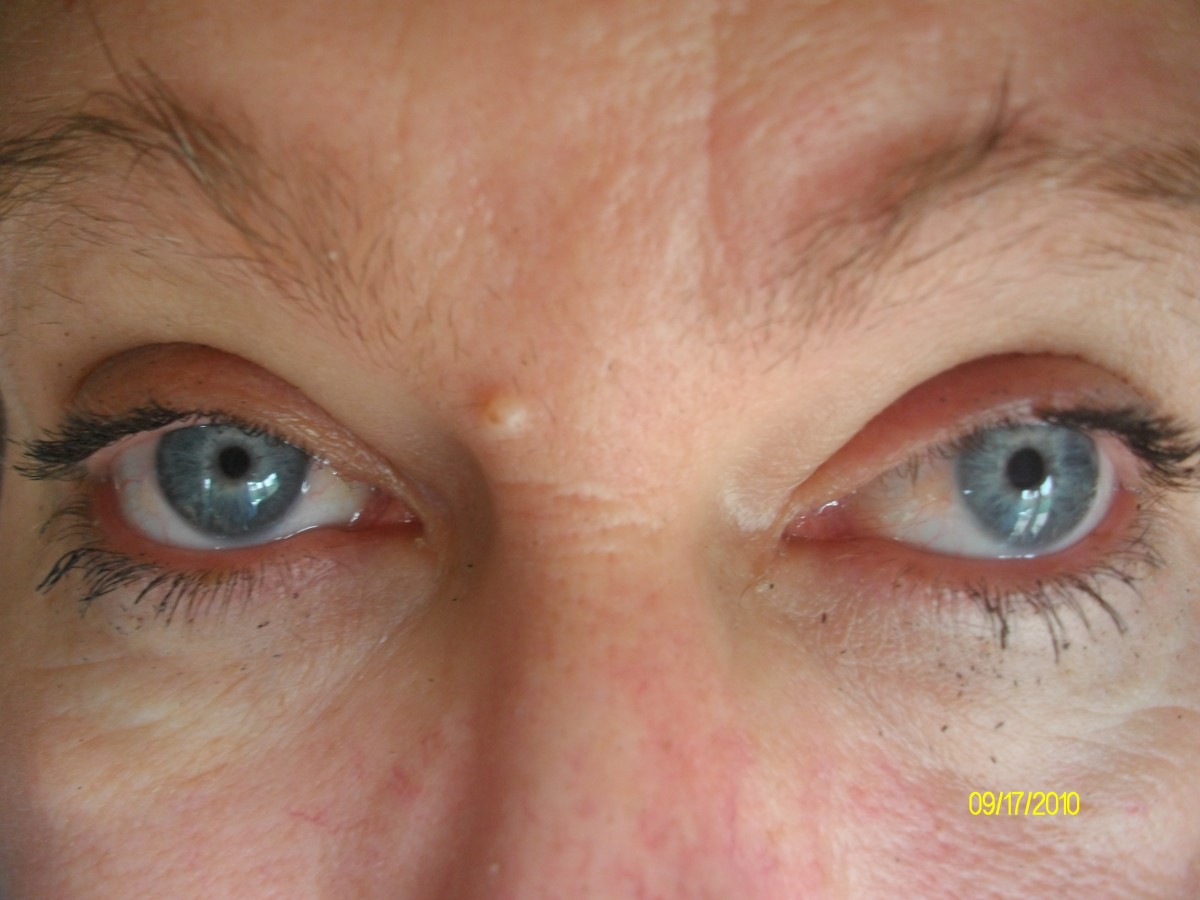The Mystery of the Blue Eye
Blue eye mystery: Genetic mutation or any eye problem?
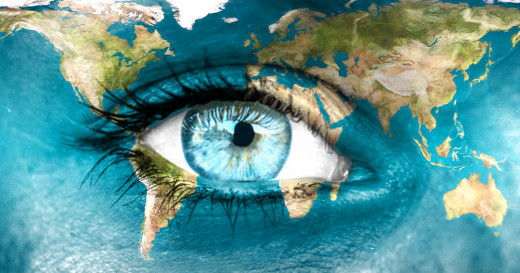
Although blue-eyed people are not commonly seen, it is not impossible to see them. There is a strange resemblance of Caucasian descent with blue eyes. According to a survey conducted on the basis of eye color in different parts of the world, two types of human eye color can be blue.
- Because of a genetic change from an ancestor in the distant past.
- Due to pigment changes as a result of any eye disease (e.g., ocular albinism).
In the case of black people, the origin of blue eyes
For black people, blue eyes are no different from the history of mainstream eye color. In this case, according to the information obtained from the survey-
At one time in the distant past, the color of the eyes of all the people of the world was basically brown.
A study by the University of Copenhagen's Professor Hans Eiberg and his team of Danish scientists found that-
The history of the existence of any bright color in the case of the eyes is basically about 10,000 years from now.
According to the study, Iberg and his team identified about 600 men and women from different countries and conducted detailed research on the ‘eye type and species’ of each of them. As a result, they found that people with blue eyes had almost identical eye DNA sequences. In this case, they find a general relationship. According to their data-
Everyone with blue eyes is a common feature among them, carrying the trait of a genetic mutation that came from southeastern Europe 10,000 years ago.
According to this relationship, if someone has blue eyes, he or she may be related to Hollywood star Matt Damon or Eliza Wood in some ancient genetic bond! Everyone with blue eyes is associated with a past clan.
Like all other human beings, a black person is a product of genetic change. But in the case of blacks, this evolution came from Europe, so it is very difficult to see blue eyes in a child of this color. Again, if a black baby is born with an eye problem caused by 'ocular albinism', then the baby's eye color maybe blue.
You may like it >>> The Mystery of Area 51 - Mysterious History
Genetic changes
We have a kind of brown pigment called ‘melanin’ in our eyes. The change in the OCA2 gene of this melanin pigment is mainly due to a blue change in eye color.
Hans Iberg, professor of cell and molecular medicine at the University of Copenhagen, said:
Every one of mankind once had brown eyes. But later on, the evolution of the OCA2 gene on the chromosomes of many people caused a change in eye color and as a result, they lost the ability to be born with brown eyes.
In this case, the issue of genetic mutation can be referred to as a defect in the process of the creation of brown eyes. With evolution, there has been a ‘negative change’ in the production process of melanin in the eyes of many of us. Too little melanin interferes with the formation of brown eyes in many babies and as a result, some babies are born with blue eyes.

Eye problems
In addition to normal genetic changes, blue eyes may be visible in children due to some other eye problems. The two main problems that have come up in the study are-
- Wardenberg syndrome
- Occular albinism
In the case of the eye, pigmentation changes if there is one of the two problems mentioned above and the result is a change in the color of the eye due to six different ‘genes’. In the case of such health problems, the process of growth and development of pigment production cells is hampered. As a result, the OCA2 gene produces much less pigment and produces bright blue eyes instead of brown eyes.
In the case of Waardenburg syndrome, there is usually no pigment deficiency. But in this case, the issue is related to ‘hearing problems and heterochromia’. In the case of ocular albinism, like all other albinism problems, there are serious ‘vision problems’. Notable among these problems are eye sensitivity to light and abnormal eye movement.
Why are most blue-eyed Europeans?
As mentioned earlier, the eyes of the majority of the world's population are usually brown. Pink is the color of the eyes of most people, especially in Asia and Africa. But in the case of Europe, the picture is a little different. Most of the variations in human eye color in the world are in Europe. Most people with blue eyes are Europeans. In fact, 70 percent of the world's diverse eye color people live in European countries. Especially residents of Estonia and Finland.
In the case of blue eyes, the source of mutation or evolution came from Europe. This is exactly why most blue-eyed people in Europe are based on regionalism.
In this case, another proposal is not to be discarded
Generally speaking, the early Europeans were generally a little pickier in their personal lives than in other parts of the world. When it comes to choosing a partner, they always give priority to their 'history and tradition'. Again, any handsome blue-eyed man in Europe is the center of interest for many girls around the world. On the one hand, this explains the prevalence of blue eyes in early Europe, and on the other hand, it increases the chances of having blue eyes in the next generation of men living in different parts of the world from Europe.
Can blue eyes be omitted in the case of a generation?
Blue eyes can be excluded in the case of not just one generation but multiple generations. If someone in the family has blue eyes, then there is no guarantee that someone in the next generation will have blue eyes. If both parents have blue eyes, then one of their future generations may also have blue or hazel eyes. However, blue eyes can certainly be seen in later generations. The subject is entirely evolutionary and gene-centric.
Which is the most uncommon eye color?
A study of human eye color from different parts of the world has clearly shown that the most uncommon color in the human eye is green. The color of the eyes of the majority of people in the world is usually pink or black. On the other hand, about 2 percent of the world's people have green eyes. In the case of blue eyes, the ratio is 6 percent.




